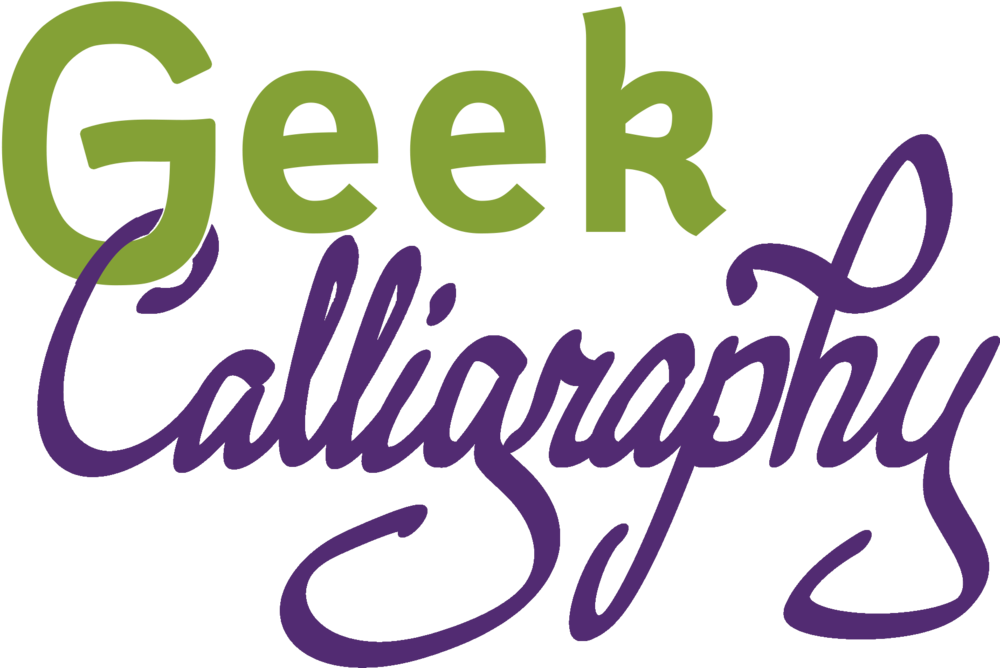by Ariela
I'm working on a project based on Medieval and Renaissance manuscript illuminations right now. To get a more thorough and instinctive feel for the aesthetic, I spent an afternoon at the Harold Washington Library branch of the Chicago Public Library looking at non-circulating books.
In particular, I went through all the image plates in Lilian M.C. Randall's Images In The Margins Of The Gothic Manuscripts, all 739 of them (they were numbered). It was...a bit of a culture shock. I'm passingly familiar with Medieval illumination, but this was a whole new level.
Tropes of Medieval Illuminations: Let Me Show You Them
To put it mildly, there are a lot of tropes of illuminations. Everything I am about to recount is probably old hat to someone who knows their stuff. I knew some of them going in, but I was totally not prepared for what I found. Be forewarned, the following is not particularly safe for work.
For example, I knew that poking people in the butt was a thing. I did not realize exactly how widespread it was, particularly outside of obscaena. Shooting people in the butt with arrows. Poking them with spears. Poking them with other things. Lots of that.
I also noted in particular the tendency to poke sciapods in the butt. What's a sciapod? So glad you asked. That guy over there next to this paragraph is a sciapod.
These guys are all over the marginalia, and I didn't see any of them standing upright. They're always on their backs or bottoms grasping their leg, looking like they have a coach just out of frame urging them to try to kiss their knees.
Speaking of butts, I knew that pooping was also a thing. Yeah, Medieval manuscripts had a lot of toilet jokes in the marginal illuminations. But I was astonished by the array of vessels into which people were portrayed pooping. Including some monsters' mouths. What, you were expecting something lofty because all books back then were religious tomes? Hahahahahah, no.
There were three pictures in a row from different manuscripts of foxes trying to make time with hares that were busy reading.
The last one might just be reading over the hare's shoulder, but the first two definitely look like "Not now honey, I'm reading." I suspect a common source, they're too similar for this to be happenstance.
Apparently "guys balancing things on their faces" is also a thing. This one I hadn't known about before, and I discovered that the "things" men balance on their faces in manuscripts range from spears to poles to what appeared to be small buildings. Click to embiggen the image on the left to see an example.
I also got to see several of the infamous knights fighting snails, of which I had heard, but not really paid much attention before. They're really menacing, those snails.
I found a couple of pictures of animals being painfully stung by bees.
Poor dog.
I saw a lot of monsters and didn't bother to photograph any of them, but there's one type that I have decided to dub "Voldebutts." Here is an image from the internet as an example.
The other thing I saw a lot of and didn't think to photograph was naked men eating their own severed limbs. Yep, saw a bunch of those. I'm not sure if I am glad or sorry I didn't photograph them at all. I also haven't successfully worded a search that got me any results from teh Google.
Some random, not-so-tropey images I found interesting
This one is not from the Randall book. It's from Virtue & Vice: The Personifications in the Index of Christian Art. I have no idea why this image was in this manuscript.
Now, have a monkey riding on a lion reaching down its throat.
Taking a turn for the more serious, this next one from the Rutland Psalter, f. 87v, is very interesting to me. It was black and white in the Randall book, but I found a color version courtesy of the interwebs.
Randall captioned it as "Merman and man, shot by." Collectors Weekly labeled it "A grotesque image of an ogre shooting an arrow into another creature’s rear." Looking at the black and white image I was inclined to Randall's interpretation, but in color, the contrast of the black body vs the white body makes me think that it might indeed be two creatures.
The reason this is interesting to me, of course, is that the man or possibly creature on the right seems to be modeled on a person of color, specifically of African extraction. Even if the body is grey, the face is brown and the hair is curly. The mouth is reminiscent of other caricatures. I searched the MedievalPOC archives to see if she has anything to say about it, but I didn't find anything. Would be very interested to hear her take on it, or from anyone else with extensive knowledge of the representation of POC in historical art and specifically western European manuscript illumination.







